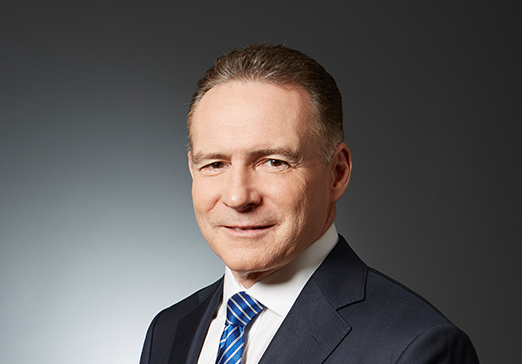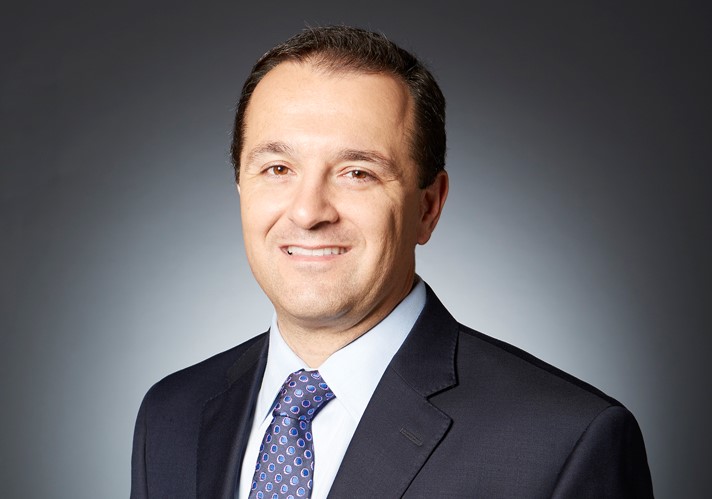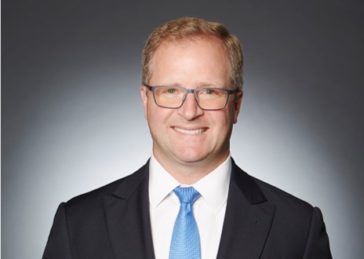Q3 2022 Strategy & Market Reviews
Each quarter, our Investment Management teams publish their key observations and portfolio updates across Global Equity and Fixed Income markets. This is a summary of our views for the Third Quarter of 2022. You can download the full reports via the links shown below.
KEY OBSERVATIONS
Market volatility continued through the third quarter – initially to the upside, with the S&P 500 rising almost 14% through mid-August only to finish the quarter down -4.9% in US dollars, or modestly up +1.9% in Canadian dollar terms. The TSX total return was -1.4% for the quarter.
Famed investor Martin Zweig coined the phrase “Don’t fight the Fed” in the 1970s and it still rings true 50 years later. In September, Federal Reserve Chairman Jerome Powell reminded markets about what he previously said at Jackson Hole in August 2022:
“Restoring price stability will likely require maintaining a restrictive policy stance for some time… We will keep at it until we are confident the job is done.”
Indeed, the futures market now seems to be expecting another 100-125 basis point increase in interest rates between now and year end. This is on the heels of downgraded GDP projections through 2024, higher expected unemployment, and the expectation that it will take until 2025 for inflation to return to the Fed’s target 2% range.
The question now is how the stock market will react. In previous drawdowns, the market’s path has depended on whether or not a recession develops. Certainly, the odds of a recession is higher after the latest Fed rate move and new projections. However, if there is a silver lining, it is that the distance between where we are today and historic low points is about -5% to -10%, suggesting most of the damage may be done.
Our strategy is to concentrate on owning high-quality companies with lower volatility, consistent earnings and strong and growing dividends combined with some extra cash reserves on the sidelines. We feel we are well positioned to weather the turbulence and participate in the upside that may come given that we are likely now closer to a market bottom.
As we have pointed out in the past, the true beginning of a new bull market typically doesn’t feel like a very comfortable time to invest when it may just be the best time to do so.
NORTH AMERICAN EQUITY UPDATE

Peter Jackson, HBSc, MBA, CFA
Chief Investment Officer
Portfolio Manager, North American Equities
During the quarter, our overall equity exposure increased 1% to 90% from 89% at June 30th. Our US equity exposure decreased from 39% to 37% while our Canadian exposure increased from 50% to 53%. Cash decreased from 11% to 10%. It is important to note that many of our clients’ portfolios are invested in our North American plus International Equity strategy, meaning that the actual weights of US and Canada within their equity holdings will be proportionately less than this given the allocation to international companies.
Currently our portfolio is positioned toward value-oriented stocks making up 56% of the portfolio versus 53% at June 30th while maintaining exposure to growth stocks at around 30% of the portfolio, which was down slightly from 32% at June 30th. Staples, which we don’t classify as either growth or value, make up the 4% balance of our equity exposure.
Our shift to value included one new purchase:
- Linamar Corporation is an advanced manufacturing company composed of two operating segments – the Industrial segment and the Mobility segment, both global leaders in manufacturing solutions and world-class developers of highly engineered products.
In the latest quarter, Industrial and Mobility sales grew 28.2% and 25%, respectively, on strong pricing and market share gains. The company is also having great success winning new business with their new business book now at $4.9 billion, which should add $600-800 million of revenue in each of the next two years on a current revenue run rate of about $7.5 billion. Linamar currently trades at just 7.2x next year’s earnings.
Given the recent pullback in energy through the third quarter, we also took the opportunity to increase our exposure slightly in existing portfolio names Keyera Corp. and Topaz Energy Corp. A complete review of new companies purchased and additions during the quarter can be found in my full report.
GLOBAL EQUITY UPDATE

Phil D’Iorio, MBA, CFA
Portfolio Manager, Global Equities
The challenging market conditions during the third quarter were global in nature as equity markets throughout Europe and Asia experienced significant bouts of volatility just like the S&P 500. Market volatility during Q3 was driven by the same factors that led to the weakness in the first half of the year – inflation, tightening by central banks, and the war in Ukraine.
During the third quarter, portfolio activity remained busy as we continued to reduce our cyclical exposure and increase our weight in defensive areas such as Consumer Staples. Some of the notable activity during the quarter included a reduction of our weighting in Accenture (Technology) and Howden Joinery (Building Materials), and establishing two new holdings:
- Pernod Ricard is the world’s second-largest spirits manufacturer, with brands like Absolut, Chivas Regal, The Glenlivet, Jameson, Malibu, Martell, and Beefeater. The company has been able to generate above-average growth with strong pricing power and a presence in fast-growing emerging markets such as China and India.
- Heineken is the largest brewer in Europe and the second largest brewer in the world. The company has more than 300 brands and sells its products in more than 190 countries around the world, including high-growth markets across Asia, Africa and Latin America.
As we look ahead, we are cautiously optimistic. The valuations in our portfolios are now much more attractive, we are positioned defensively, and investor sentiment has reached levels seen at the bottom of the Great Financial Crisis in 2008-09 and the COVID pandemic in 2020.
Another reason is history: once the S&P 500 has a 20% drawdown, there is a strong likelihood of positive returns over the next 1, 3, and 5 years. At its September 30th low, the S&P 500 was down nearly 25% from its highs on a year-to-date basis. This is not too far off the average bear market decline of 33%. This leads us to believe that we are getting closer to a bottom.
FIXED INCOME UPDATE

Owen Morgan, MBA, CFA
Portfolio Manager, Fixed Income
The drivers of fixed income valuation and performance in Q3 2022 remained similar to those we spoke about for the first half of the year, resulting in a modest quarterly gain in total return. Inflation remained Public Enemy Number One, peaking at 9% in the US and 8% in Canada, before receding through quarter-end due primarily to declining energy prices.
Both the Federal Reserve (Fed) and the Bank of Canada (BoC) hiked their benchmark interest rates very aggressively in response to extended inflation concerns. The BoC raised its benchmark interest rate 1% on July 13th, and another 75 bps on September 7th. This brought the overnight interest rate to 3.25%, its highest level since 2008, and it is now forecast to top out at close to 4%. The Fed rate is now expected to peak at slightly less than 4.5% by the end of March 2023.
Discussion of a global recession has continued with increasing prices, consumer debt burden, employment levels and supply chain issues consuming the majority of the bandwidth for slowing growth theories in several key markets.
From here, it will be a balancing act between controlling inflation, managing any recessionary signals on the horizon and responding to other forces at play globally, such as the war in Ukraine, the energy markets, and macroeconomic shocks like the UK government delivered a couple of weeks ago with an unrealistic budget program.
Turning to the fixed income markets specifically, current bond yields have become more appealing. We see attractive opportunities for both conservative shorter- to mid-term duration government bonds and higher quality corporate bonds.
Interest rates will continue to fluctuate, and may drift moderately higher, causing some short-term decline in bond values, however, we believe the current yields are more compelling than they have been in many years. As a result, we are looking for opportunities to lock in investments for the benefit of our clients over time.



